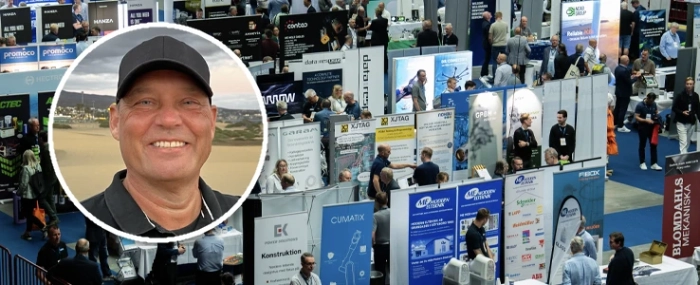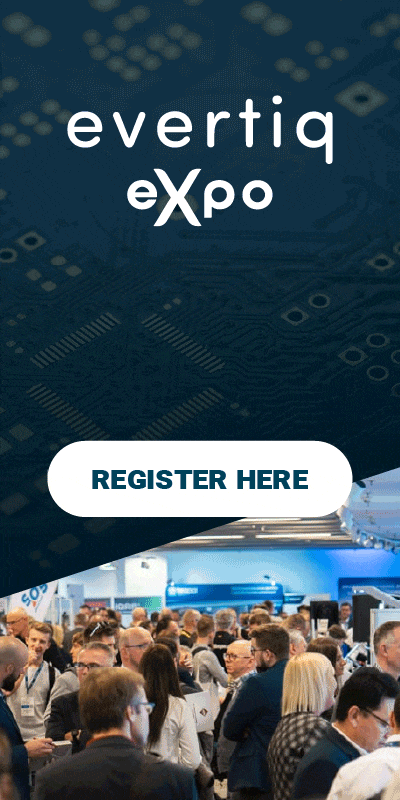
AI, embargoes, and the end of the chip cycle
The well-known four-year ebb and flow of the semiconductor industry is over. Political decisions and ambitions challenge the economic logic of supply and demand. Subsidies, embargoes and the AI revolution are now dictating the investment decisions while China plays the long game.
Claus Aasholm from Semiconductor Business Intelligence will headline the keynote session at this year’s Evertiq Expo in Malmö, taking place on May 15, 2025. His presentation, titled “Ripples and Tsunamis in the Semiconductor Supply Chain,” will explore the dramatic shifts transforming the global semiconductor landscape.
Aasholm challenges the long-standing notion of the industry’s cyclical nature, suggesting that the traditional four-year boom-and-bust pattern is no longer intact.
“The four-year semiconductor cycle was driven by the investment cycle. At the peak of the cycle, everybody could afford to invest in new capacity (at the same time). Two years later, this capacity came online and created overcapacity, initiating the downcycle. With no investments for two years, the market went into undercapacity, starting the upcycle—repeat,” Aasholm tells Evertiq.
This was logical and was based on economic and financial decisions. However, Aasholm argues that this is no longer the case.
“In this decade, semiconductors became political and strategic: It began with tool embargoes on China, followed by embargoes on AI and compute, then subsidies and tariffs. The investment process is now based on where you can get money and what embargoes/tariffs are in place—this has disrupted the cycle.”
This has also been made worse with AI, as it is price-driven, not volume-driven.
“Most of the WSTS market gain is profits in Nvidia, SK Hynix, Micron, and Samsung. The entire AI boom is driven by very few extremely expensive wafers from TSMC. This does not propagate through the supply chain, which sees a minimal upturn,” Aasholm explains.
The traditional semiconductor companies, those with a hybrid manufacturing model such as TI, STM, Infineon, and NXP, are still stuck in the downcycle.
According to Aasholm, while high-end capacity is expanding in the US, Japan, and Taiwan with the help of state support, mature-node capacity is increasingly being built in China, which is leveraging its ability to play the long game.
You’ve mentioned China’s “long game.” How is China positioning itself in the face of these shifts, and what implications does that have for Europe’s semiconductor ambitions?
“China is the only place that is not driven by quarterly short-termism. The long game is to be able to supply their electronic manufacturing with homemade semiconductors with a complete Chinese supply chain. And they are making a lot of progress. Some of the large ODMs have moved from 15-20% local supply to over 50% in the last couple of years,” says Aasholm.
Meanwhile, he views Europe’s approach as fractured and lacking cohesion, with individual countries protecting national champions – but there’s no unified front
“The EU's approach is fractured. The Netherlands are protecting IMEC and ASML, Germany Infineon, Italy, and France—STM, but it is a scattered approach. As usual, Europe is meddling around between vacations.”
The keynote will take place during Evertiq Expo at Malmö Arena, which brings together professionals from across the electronics industry. The session promises a “chart attack” filled with current data and hard-hitting insights — a signature of Aasholm’s analytical approach.

